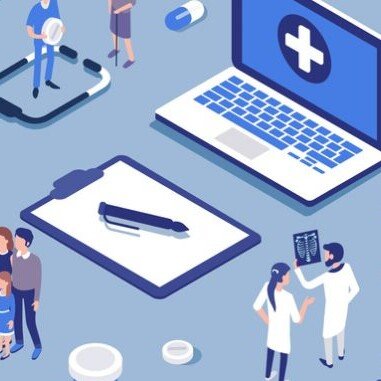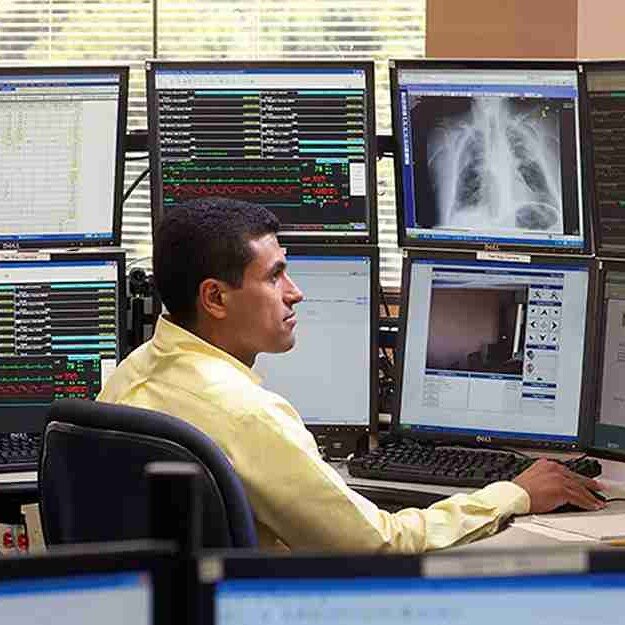Health Informatics
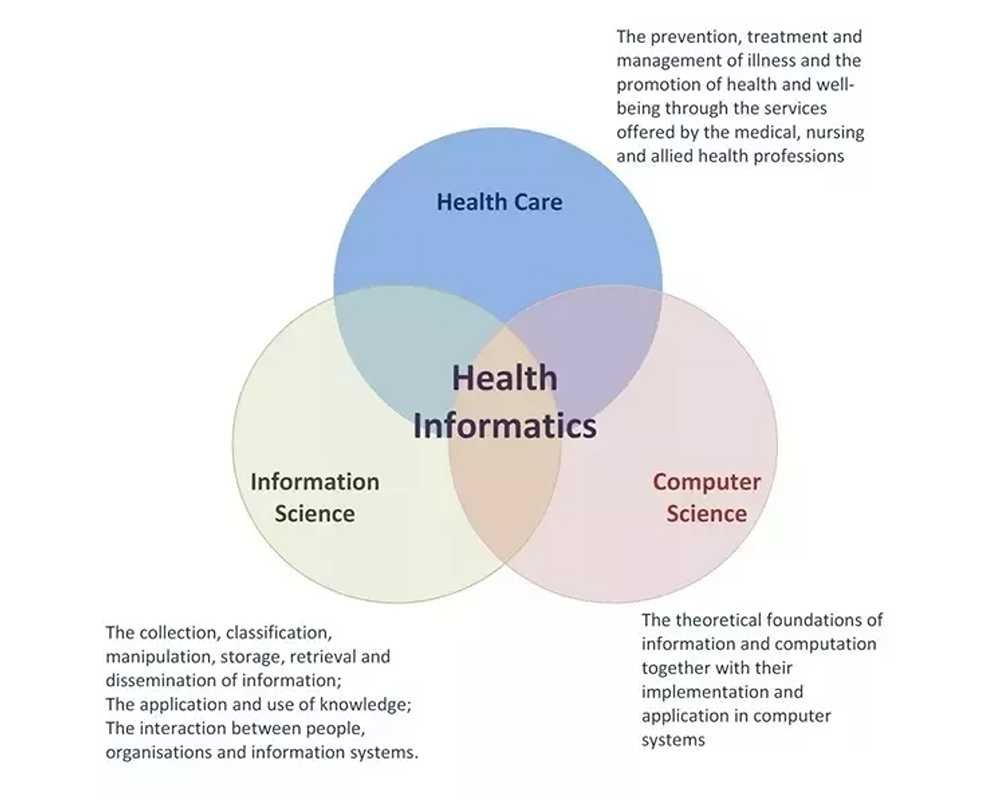
The healthcare industry is a labyrinth of patient data.
The industry generates a great deal of health data from patient records, clinicians’ notes, pharmacy records, insurance records, personal electronic devices, etc.
The data is largely unstructured and requires organization and categorization so that health facilities and organizations can analyze the data to draw conclusions and improve their efficiency, from the cost of quality healthcare to patient outcomes.
Health informatics organizes health data from several sources into systems accessible by several end-users: doctors, nurses, hospital administrators, insurance companies, etc.
Health informatics is the interdisciplinary study of the design, development, adoption, and application of IT-based innovations in healthcare service delivery, management, and planning – United States National Library of Medicine
The rapid growth of health informatics in the past few years can be attributed to several factors, one of which is the wide adoption of electronic health records (EHRs).
In the United States, for example, the adoption of EHRs is aided by the creation of the Health Information Technology for Economic and Clinical Health (HITECH) Act.
The HITECH Act incentivizes healthcare providers and organizations to use electronic health records (EHRs), the goal of which is to encourage healthcare organizations to store and use electronic data in evidence-based decisions and improve patient care.
EHRs are now used throughout the healthcare industry.
Other growth factors include the establishment of health data exchange standards, such as HL7 (Health Level 7) and FHIR (Fast Health Interoperability Resources).
Comparing health informatics with similar disciplines
1. Health Informatics vs Data Analytics
Health informatics and analytics are two separate disciplines.
Data analytics explores the many ways health data can be utilized.
It is largely analytical, examining health data for actionable insights.
Health informatics, on the other hand, applies the insights derived from data analytics to aid health service efficiencies.
Data analysts manage health data acquired by health information technology in health information systems to report current and future predictive outcomes, looking for insights into how healthcare organizations can improve clinical care and operations efficiencies.
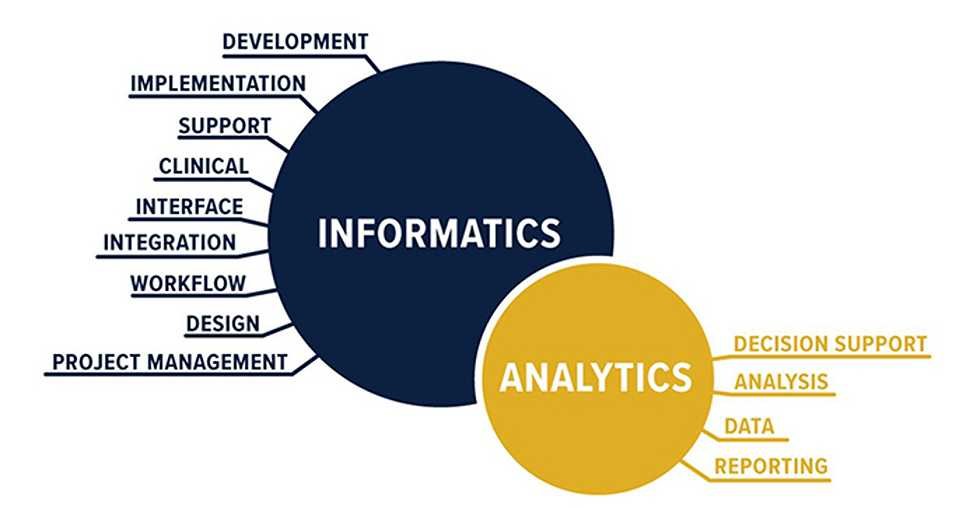
In an article by the American Health Information Management Association (AHIMA), while both data analytics and informatics are different, they are essential for the success of healthcare organizations.
Health data analytics refers to analysis using quantitative and qualitative techniques to explore trends and patterns in data, while health informatics involves the use of the information derived from data analytics to improve the delivery of healthcare services and patient outcomes.
Data analytics involves the analysis of data, while informatics is the application of that information – Jonathan Mark, University of San Diego
Worthy of note, while being different, the roles aren’t always so distinct.
Processing health data is a continuum, from generation to storage, structuring, analysis, insight deduction, and finally the application of derived insight.
Both informatics and analysts are involved throughout the majority of the data management, and hence, the delineation in duty between both fields is thin.
There are yet several overlaps in the scope of both fields; however, each helps the other towards a common goal of improving operational efficiencies and clinical care.
2. Health informatics vs Health information technology
Healthcare informatics (HI) is not the same as health information technology (HIT); there is overlap in both disciplines, but there are differences between them.
HIT is the use of electronic technology tools by medical professionals and other healthcare organizations to gather, store, analyze, retrieve, and share patient data, a big part of which is EHRs.
Health informatics, however, applies insights derived from the analysis of patient data to improve health outcomes at an individual or population level.

HIT institutes computer systems and their associated programs, and informatics uses the said programs to achieve better patient outcomes and to understand trends and perceptions in the field of healthcare.
They are dependent on one another for success.
Health informatics professionals bridge the gap between HIT professionals and the end-users of their technology—physicians, Nurses, Patients, etc.
3. Health informatics vs Bioinformatics
Bioinformatics is an interdisciplinary field of science that develops methods for storing, retrieving, organizing, and analyzing biological data.
It is made up of biology (molecular biology and microbiology), information technology, and computer science disciplines to discover new biological insights.
Unlike health informatics, which is concerned with the use of information derived from health data to improve patient care, bioinformatics involves processing biological data from molecular research to understand the role of DNA and proteins in organisms.
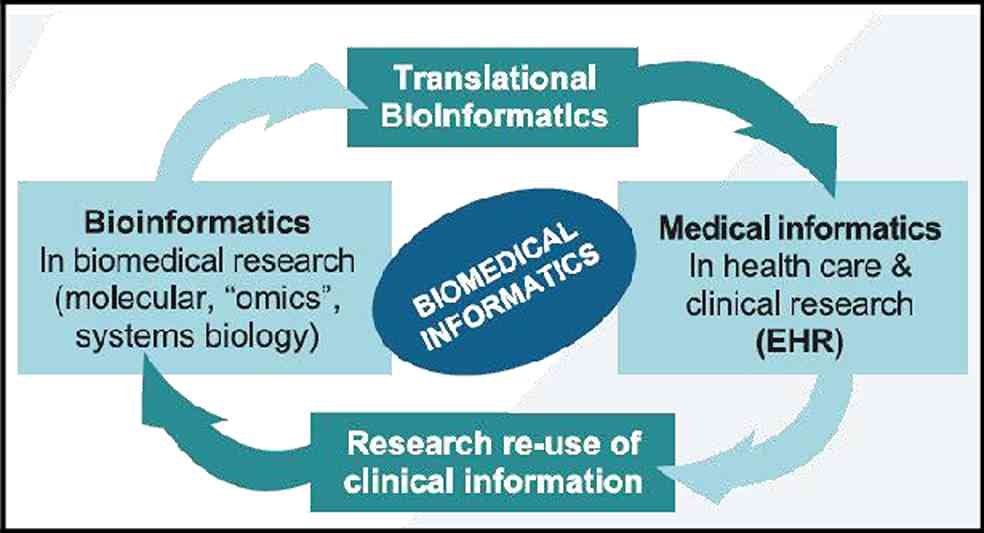
Bioinformatics studies protein structures, building 3-D models of molecules, tissues, cells, etc. to understand their functions in biological systems, solving biological problems, and finding how living organisms work.
Bioinformatics can be referred to as the study of the flow of information in the biological sciences, while health informatics is the study of information regarding patient care.
Types of Health Informatics

- Clinical informatics: use of patient data to aid clinicians (Doctors) in effective patient care.
- Pharmacy informatics: use and dissemination of medication-related data to significantly improve patient care and health outcomes.
- Nursing informatics: uses nursing-related data to improve patient-centered care.
- Biomedical informatics: uses of biomedical data to aid scientific inquiry, problem-solving, and decision-making.
- Public health informatics: uses population-level data to promote public health, outbreak management, prevention, and more. While health informatics helps physicians and other health professionals improve patient care towards better outcomes, public health information applies to making data-driven decisions concerning health issues of public concern. These public health issues include infectious diseases epidemics, pandemics, etc. Public health informatics is a major tool for government institutions and disease control centers and it makes use of technology to document and exchange information in disease surveillance, disease prevention, preparedness, and public health education.
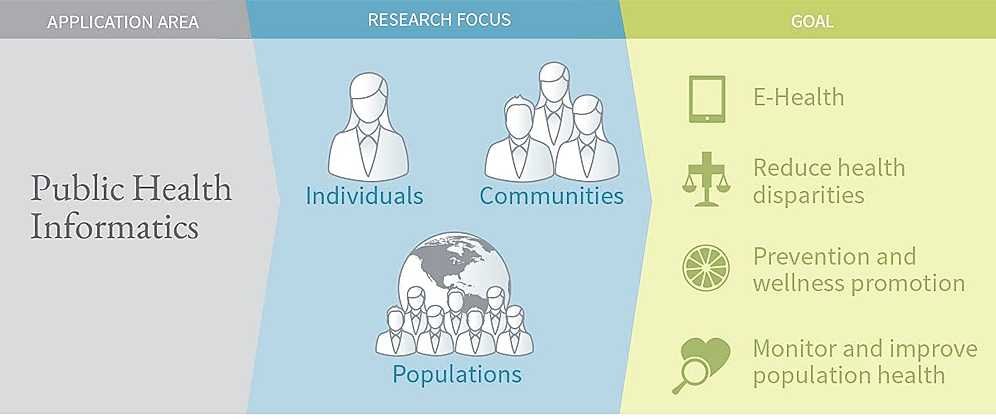
Obisesan Damola
Damola is a medical doctor who has worked in the Nigerian healthcare industry for a little over 3 years in a number of primary, secondary, and tertiary hospitals. He is interested in and writes about how technology is helping to shape the healthcare industry. He graduated from the College of Medicine, University of Ibadan, the foremost medical training institution in Nigeria.
